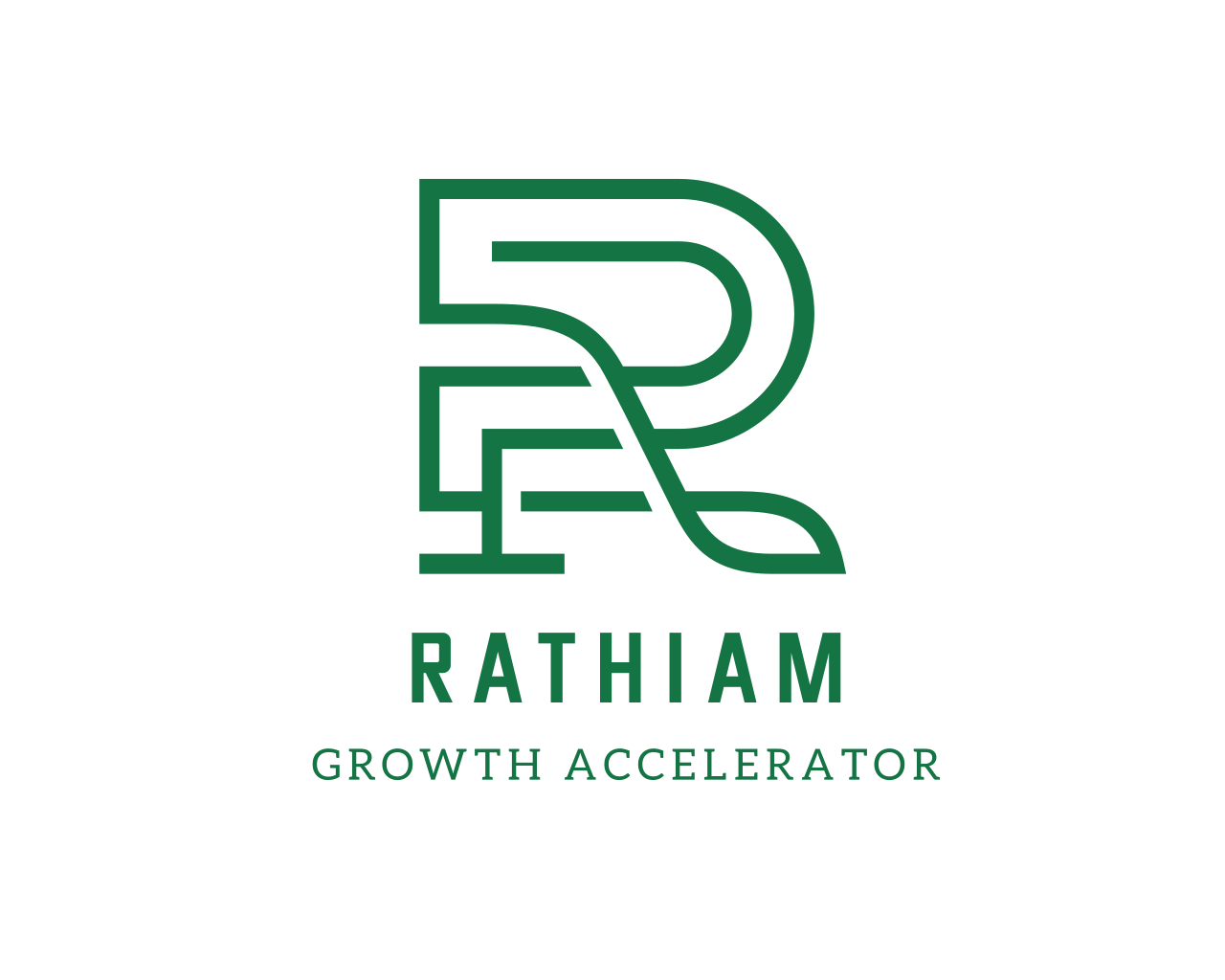Email marketing is a powerful tool for businesses looking to reach their audience, build relationships, and ultimately drive growth. In this article, we’ll cover the basics of email marketing, including what it is, why it’s important, and how to get started.
What is Email Marketing?
Email marketing is the practice of sending commercial messages, typically to a group of people, via email. These messages could be in the form of newsletters, promotional offers, event invites, or any other communication that businesses want to share with their audience.
Why is Email Marketing Important?
Email marketing is a cost-effective and efficient way to reach out to potential and existing customers. According to a report by the Direct Marketing Association, email marketing has an average ROI of 3800%, meaning that for every dollar spent on email marketing, businesses can expect to receive $38 in return.
Email marketing also allows businesses to segment their audience and target specific groups with personalized messages. This approach can lead to higher open rates, click-through rates, and conversions compared to sending generic messages to an entire email list.
Email Marketing Fundamentals
- Build an Email List
Before you can start sending emails, you need to build an email list. This can be done by offering a lead magnet, such as an ebook or discount code, in exchange for a visitor’s email address. You can also collect email addresses through sign-up forms on your website or during in-person events.
It’s important to ensure that you have permission to email people on your list. This means that subscribers have opted-in and given you explicit permission to send them marketing emails.
- Choose a Email Service Provider
Once you have an email list, you need an email service provider (ESP) to send your emails. There are many ESPs to choose from, including Mailchimp, Constant Contact, and Campaign Monitor. When selecting an ESP, consider factors such as pricing, ease of use, and features offered.
- Create Engaging Content
The success of your email marketing campaigns hinges on the quality of your content. Your emails should be visually appealing, well-written, and provide value to your subscribers. Whether you’re sending a newsletter or a promotional offer, ensure that your content is relevant to your audience and aligned with your brand’s voice and values.
- Segment Your Audience
As mentioned earlier, segmentation is a powerful tool in email marketing. By dividing your email list into smaller groups based on factors such as location, interests, or purchase history, you can send targeted messages that are more likely to resonate with each group.
- Test and Measure
Testing and measuring the effectiveness of your email campaigns is crucial for optimizing future campaigns. You can A/B test different subject lines, email designs, and calls-to-action to see which versions perform better. Use analytics provided by your ESP to measure open rates, click-through rates, and conversion rates, and adjust your strategy accordingly.
- Follow Best Practices
Finally, it’s important to follow best practices to ensure that your emails are delivered to your subscribers’ inboxes and not marked as spam. This includes avoiding spam trigger words, sending emails from a recognizable sender name and email address, and including an easy-to-find unsubscribe link in every email.
Conclusion
Email marketing is a powerful tool for businesses looking to reach their audience, build relationships, and drive growth. By following the fundamentals of email marketing, including building an email list, choosing an ESP, creating engaging content, segmenting your audience, testing and measuring, and following best practices, businesses can maximize the effectiveness of their email campaigns and achieve a high ROI.

